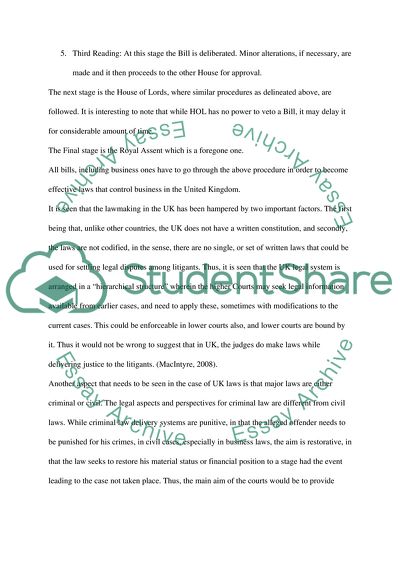Cite this document
(Business Law Case Study Example | Topics and Well Written Essays - 3000 words - 15, n.d.)
Business Law Case Study Example | Topics and Well Written Essays - 3000 words - 15. https://studentshare.org/law/1725529-business-law
Business Law Case Study Example | Topics and Well Written Essays - 3000 words - 15. https://studentshare.org/law/1725529-business-law
(Business Law Case Study Example | Topics and Well Written Essays - 3000 Words - 15)
Business Law Case Study Example | Topics and Well Written Essays - 3000 Words - 15. https://studentshare.org/law/1725529-business-law.
Business Law Case Study Example | Topics and Well Written Essays - 3000 Words - 15. https://studentshare.org/law/1725529-business-law.
“Business Law Case Study Example | Topics and Well Written Essays - 3000 Words - 15”. https://studentshare.org/law/1725529-business-law.


